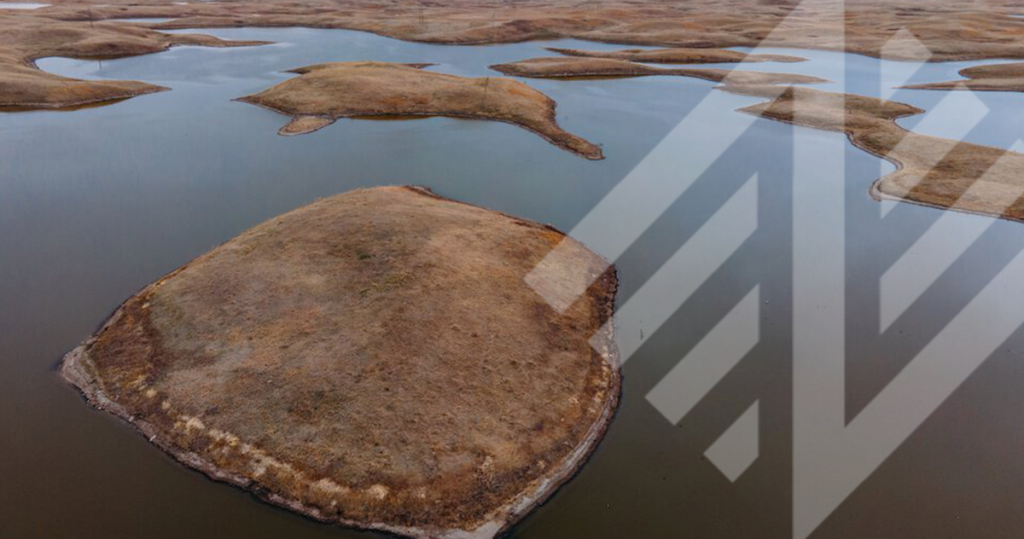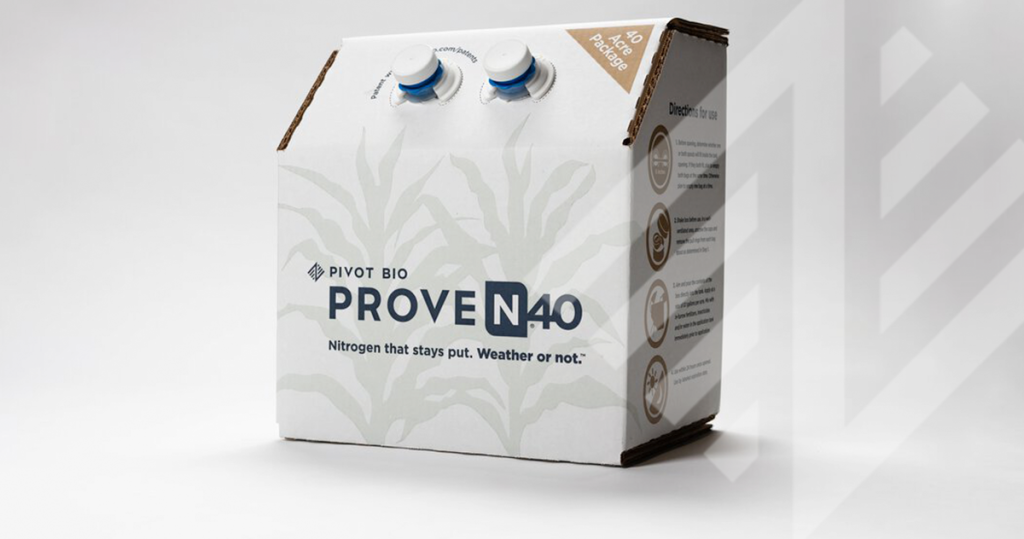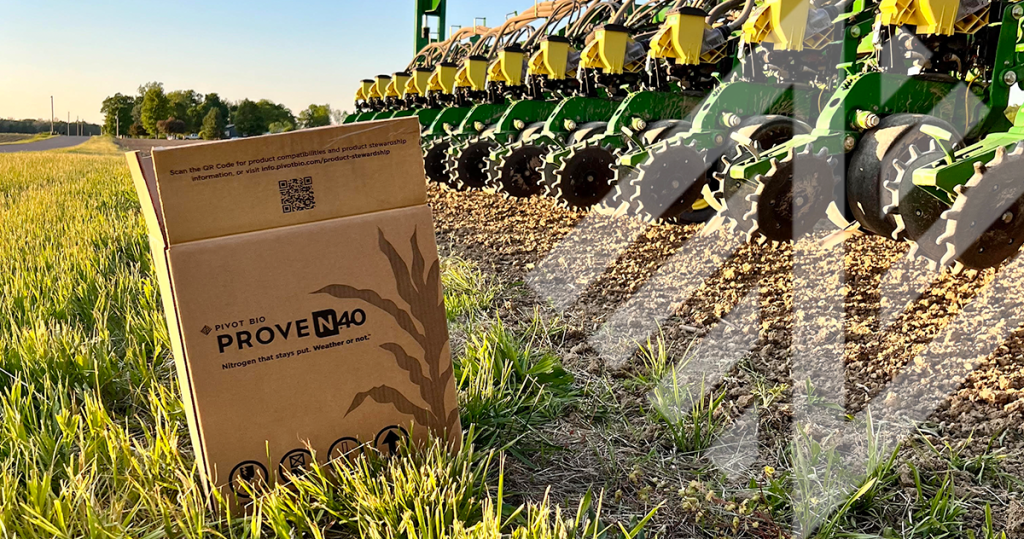Too Much Is A Big Problem

From large farms to vegetable gardens, the conventional wisdom says that crops need synthetic nitrogen fertilizer to produce high yields. At Pivot Bio, we like to put convention under the microscope and ask ourselves, what if there’s a better way?
In this blog series, The Seventh Element: Our First Priority, we’re exploring nitrogen as the foundation of all life, and what nitrogen innovations mean for farmers and our planet.
We need nitrogen to produce our food, build proteins within our bodies, and keep the world turning. Nitrogen exists abundantly in nature, but mainly in the atmosphere where plants and animals can’t use it. Fortunately, tiny microorganisms in the soil, commonly called microbes, have the unique ability to transform atmospheric nitrogen into a usable form for plants.
This accessible nitrogen fuels plant growth and eventually is released back into the atmosphere, continuing the nitrogen cycle. All else being equal, this cycle is balanced. However, all else is not equal due to human activity.
You’re probably familiar with a form of nitrogen called nitrous oxide (N2O), or “laughing gas,” from its use in healthcare settings. But did you know N2O is a greenhouse gas, like carbon dioxide (CO2), except worse? Way worse. N2O is nearly 300 times more potent than CO2 and stays in the atmosphere for more than 100 years. In nature, N2O is emitted when microbes break down nitrogen, and it’s absorbed by certain bacteria or destroyed by ultraviolet radiation. Human activity contributes more N2O than the system can handle, and harmful amounts have accumulated in the atmosphere, contributing to poor air quality and human health problems. A 2022 study published in the journal Nature determined that of all types of agricultural emissions, synthetic nitrogen fertilizer accounts for over 10%. Across the world, 62% of all nitrogen emissions come from just four countries, including the United States. As greenhouse gasses, N2O and CO2 trap heat close to the earth’s surface and contribute to global climate change.
Climate change is a crisis that threatens us in innumerable ways. Earth is experiencing a mass extinction as species across the globe suffer habitat loss and a changing climate. And recent research has revealed that nitrogen accumulation in the environment also contributes to species and biodiversity loss.
As we know, plants love nitrogen (and so do we – without it, we wouldn’t have food!) But when there’s too much nitrogen in the soil, it’s typically invasive weed-like plants that benefit from it to boost their growth and numbers. Unfortunately, these invasive species spread quickly and outcompete native plants in the area. Excess nitrogen in the soil can also throw off the pH balance, creating a more acidic environment in which only some acid-tolerant species can survive. This change in pH throws off other key nutrient balances, as well. In plants, damaged leaves are evidence of these harmful changes in the soil. From here, there’s a cascade of negative impacts throughout the ecosystem, where creatures at every level in the food chain find their habitat and food sources diminished as biodiversity decreases and pest populations increase.
Land-based ecosystems aren’t the only place we see this phenomenon. For example, when too much nitrogen enters the water system, it can cause eutrophication, when excess nitrogen causes certain species of algae to grow exponentially, known as algal blooms. These blooms spread across the surface of bodies of water, soaking up all the nutrients and blocking sunlight from reaching life below the surface. Plants, fish, and other aquatic lifeforms die from being starved of oxygen. In some places, like the Gulf of Mexico, these dead zones are massive and negatively impact the environment and local economies that depend on a healthy aquatic ecosystem. Additionally, excess nutrients that run off and seep into groundwater pollute drinking sources and have been linked to cancers, thyroid problems, and negative impacts on reproduction.
This excess nitrogen comes from agricultural and urban runoff. Until recently, farmers didn’t have much of a choice in how they could deliver nitrogen to their crops. Ammonia fertilizer is the primary product on the market, and unfortunately, it’s inherently inefficient. At least half of all applied nitrogen never makes it to the intended plants. Farmers are forced to apply fertilizer so that their crops will get enough nitrogen, knowing much of it will be lost.
Our planet depends on balanced systems, as does our health. Scientists established nine planetary boundaries that define thresholds for “safe planetary operating space” that can support human life. One of these boundaries tracks the nitrogen cycle, for which the limit is 35 million tons per year removed from the atmosphere. Currently, we are removing 121 million tons per year, which dangerously exceeds the planetary boundary, and has many negative consequences, as we’ve discovered. Too much nitrogen in the environment can damage the earth, ocean, and air. This begs the question, how did human activity throw nitrogen out of balance in the first place?
In the next post of our series, the Seventh Element: Our First Priority, we’ll explore the nitrogen dilemma faced by farmers using synthetic fertilizer.
We’re at a turning point in the history of agriculture, and are facing a reckoning with synthetic nitrogen. Learn more about how we got to where we are, and what a better future can look like in the next post.


